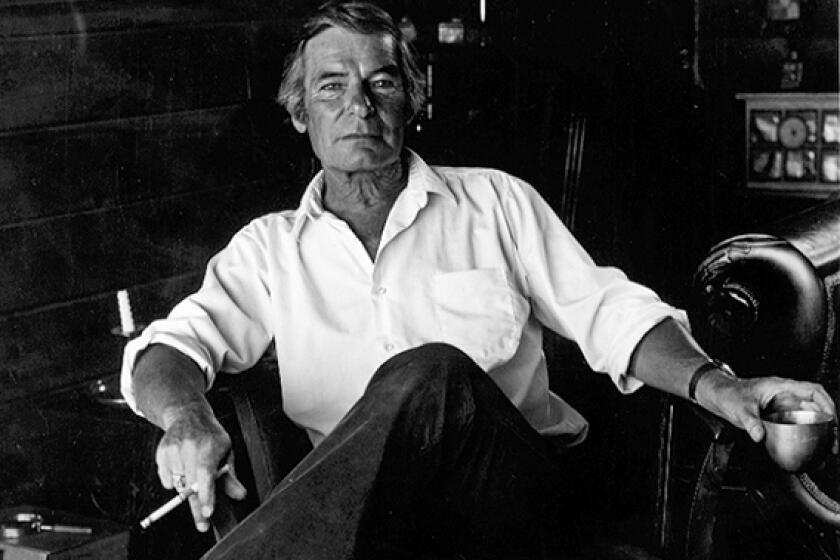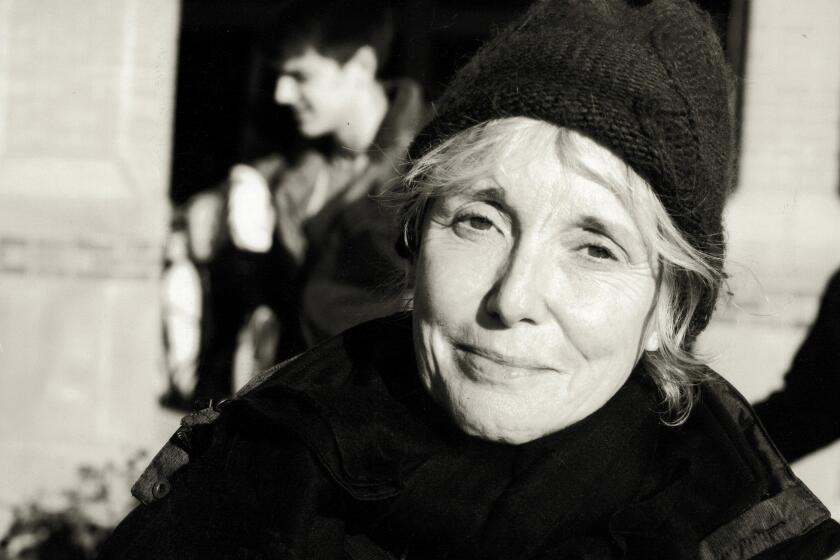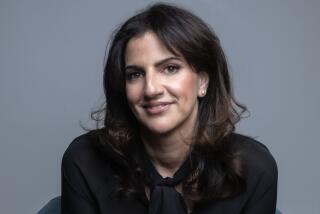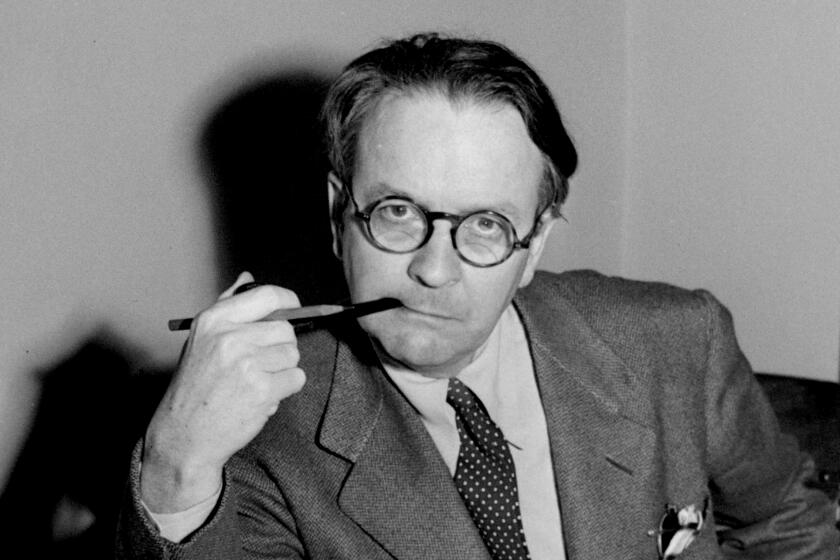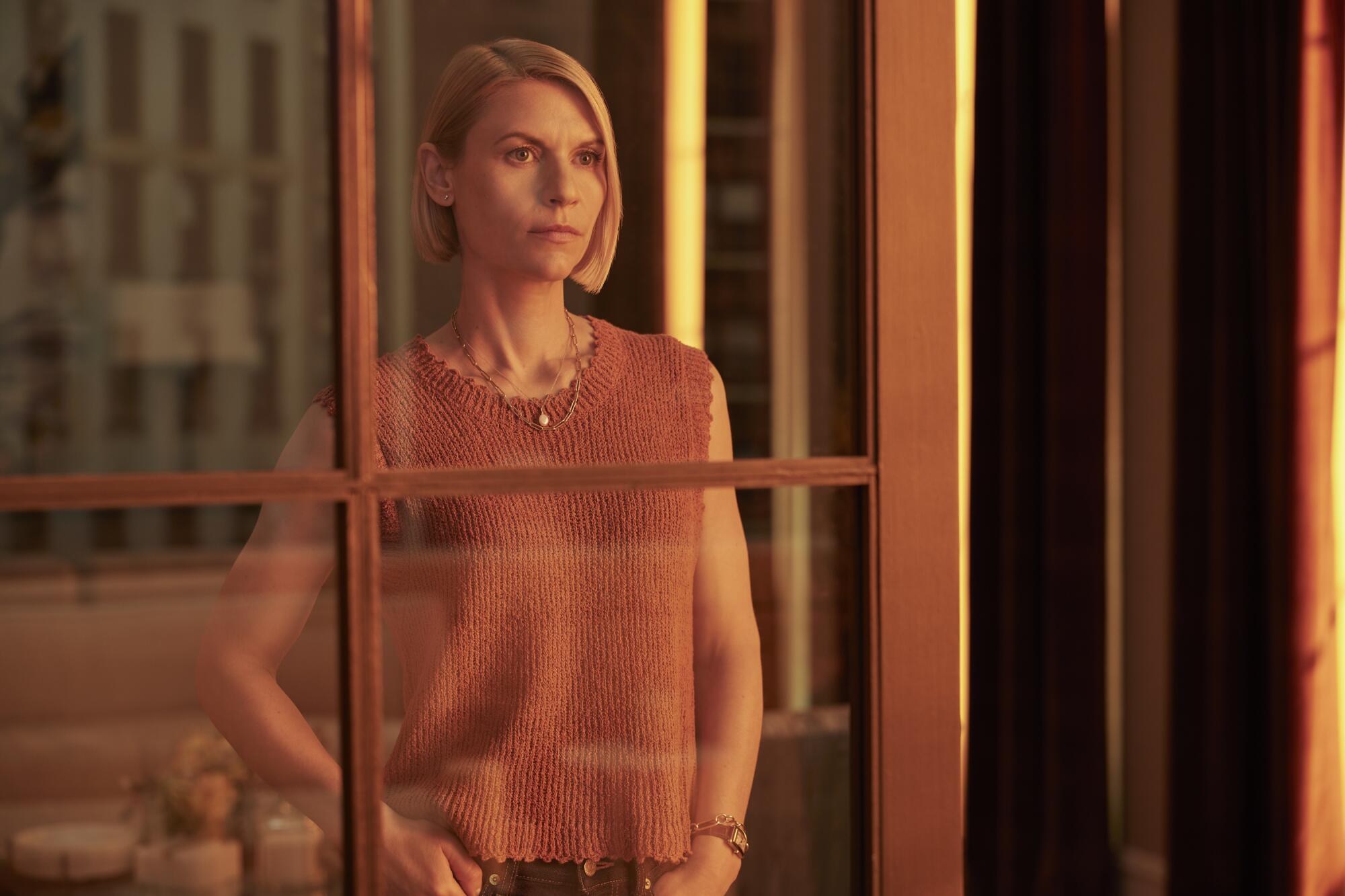
- Share via
“Even our crises had to be small and polite,” laments Libby, narrator and ringer for author Taffy Brodesser-Akner in the 2019 novel “Fleishman Is in Trouble.” In adapting the book to eight roughly one-hour installments for FX/ABC, Brodesser-Akner smooths some rough edges but fritters away a prime opportunity to address an unhappy paradox: that a text about how society privileges men’s stories over women’s itself privileges a man’s story over that of his female counterpart.
The popular novel entertained with its parade of minor characters and canny motifs — yet rarely did this work of ostensible social commentary make cogent, meaningful comments. “Fleishman” the limited series could have brought an outside perspective to its deeper problems. But as screenwriter and executive producer, Brodesser-Akner remains closely wedded to her own text, with results that are more style than substance.
The story begins shortly after Toby Fleishman’s recent ex-wife, Rachel, has dropped off their children with him on the wrong day; then she vanishes completely. We get to know Toby’s work as a hepatologist (a nod to Philip Roth’s Portnoy, whose priapic spirit looms large) and follow the unfolding saga of a comatose liver patient. We witness Toby’s app-based dating experiences and contempt for the Upper East Side, where his family lives.
Many have failed to adapt Thomas Savage’s 1967 novel ‘The Power of the Dog.’ Jane Campion was perfect for it; both author and director deserve adulation.
We also meet his freshly reconvened college buddies: Wall Street bro Seth (Adam Brody in the show) and Libby (Lizzy Caplan), a magazine writer-turned-suburban mom. For emergency child care, Toby (Jesse Eisenberg) relies mostly on their nanny, summer camp and a trip to the Hamptons (the horror), taking time off from work for more hookups and kvetching to Libby and Seth. His clinical fellows cover for him at the hospital, where he awaits a promotion. We tour his memories of life with the villainous Rachel (Claire Danes) and eventually, briefly, glimpse Rachel’s experience, discovering what’s become of her. After all, Libby concludes, when writing about a divorce, one must tell both sides.

A showrunner with some distance from the source material might have given Rachel’s crises more than a small and polite 30 minutes within the series’ ample eight hours — an even smaller proportion than the 50-ish of 300-plus pages she receives late in the novel. Rachel’s lack of screen time is even more confounding given that she’s the most dynamic character with the most compelling tale to tell.
In the show’s late highlight, Danes breathes life into Rachel with a bravura performance. She spends much of her segment in extremis: absorbing a medical trauma, howling to save her life, ferally masticating arugula in some kind of furious fugue state. Her scenes exploit the medium best but only gesture at the nadir of her ordeal. I’d like to think that somewhere in the book’s oft-mentioned “block universe,” where everything happens at once, the truth of Rachel — a scapegoat for most of the story — would amount to more than an Episode 7 plot twist.
As it is, the sudden revelation is a tonally awkward fit with a work presenting itself as a satire of life among New York’s rich and richer. Featuring prominently in “Bonfire of the Vanities” style are a high-end yoga retreat, a Sackler-like dynasty, a “Hamilton”-type musical and the machista gonzo author of a book along the lines of “Thy Neighbor’s Wife” (a magnetic yet repulsive Christian Slater).
The series adds some devices that work well on the screen: a night out with Seth’s bros, a backyard barbecue on Libby’s block, the 2016 presidential campaign. Other additions fall flat: a third visit to the same museum exhibit, an improbable speech from Toby’s tween daughter and, most especially, a split-screen scene of him at two different parties whose purpose is unclear. Is it there to remind us of his antagonism and insecurity whenever he’s not the top dog? Or to reinforce, yet again, how much more authentic his old friends are than his neighbors? It strikes me that the technique could’ve been put to salient use elsewhere, perhaps in showing the marriage’s “both sides.”
The legendary filmmaker Claire Denis recalls getting to know Denis Johnson and explains how she came to adapt the late author’s ‘The Stars at Noon.’
While the author is anything but subtle, these spots of ambiguity pervade the book as well. Both novel and series repeatedly take up the fertile subject of internet-mediated sexuality but drop it without much to say. Brodesser-Akner depicts a fantasy world in which a high-strung, bantam-size middle-aged father attracts a deluge of hypersexual female attention every time he logs into the apps. While the book in particular revels in this fiction (why, I’m not sure), neither novel nor show lets on to the obvious fact that women receive such advances from men. What it’s like for them never comes up here. While Toby’s recurring app date, Nahid, isn’t such a caricature, and indeed has a consequential story, she gets short shrift in the series.
Yet the show still finds abundant time for Libby’s navel-gazing malaise as she delivers a close account of Toby’s past and present interspersed with her reflections. This method works better onscreen, through voice-over and flashbacks. Caplan makes Libby more palatable than she is in the book, moderating her throwback battle-of-the-sexes mind-set and shifting focus to her struggle with age. Her diatribes can feel aimless in the text, but the series corrals them, improving the story’s cohesion. This move helps resolve the further distraction of the author’s and narrator’s uncomfortably merging voices.
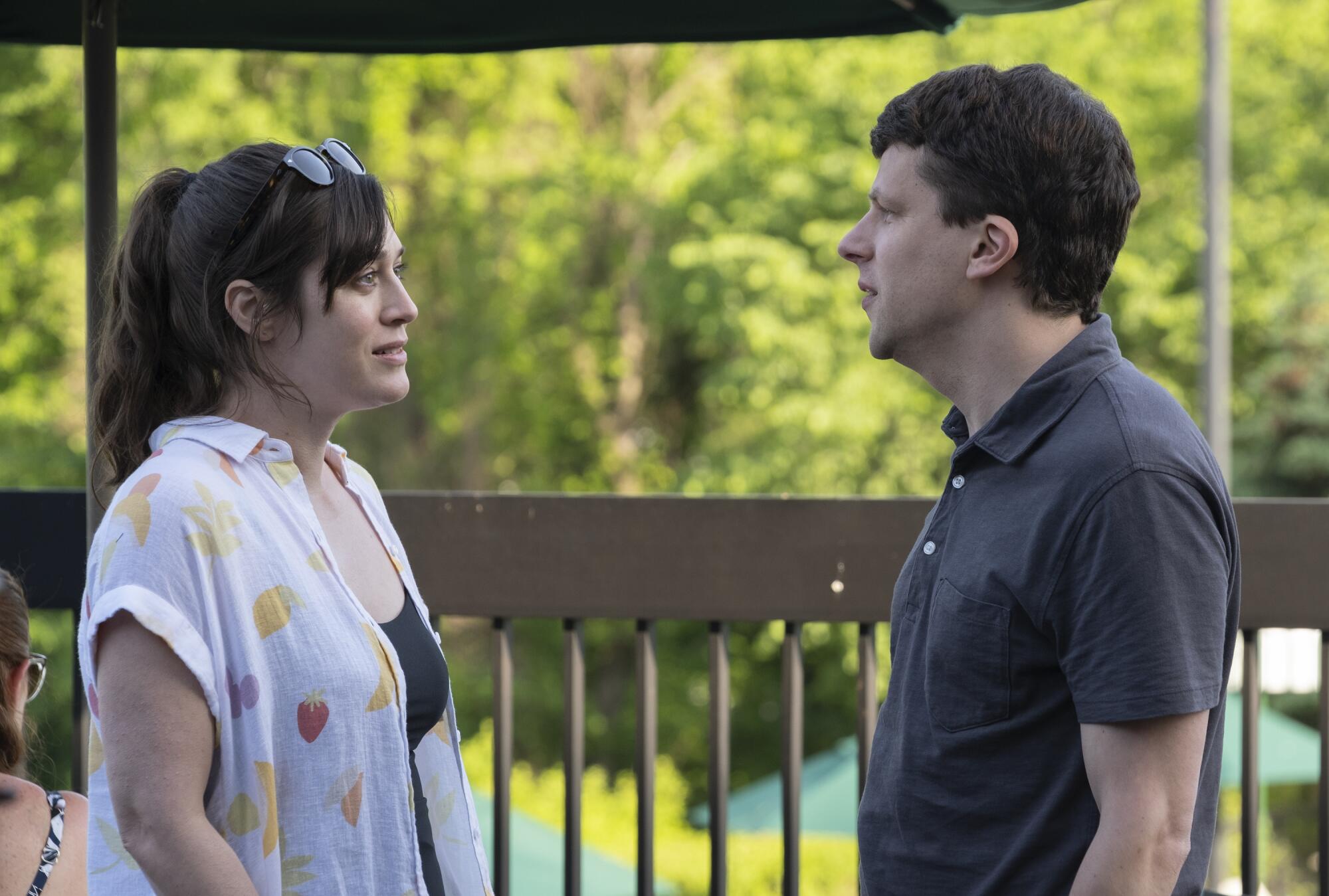
Like Libby, Brodesser-Akner grew up Orthodox in Brooklyn and went to NYU, wrote on pop culture for a men’s magazine, moved to New Jersey with husband and kids, and set out to work on a novel. As a journalist, Libby preferred interviewing men (about “the soul,” as she tells the reader) because women’s more concrete challenges bored her. Brodesser-Akner often covered women whom society doesn’t take seriously — reality stars, self-help gurus, sugar babies, Gwyneth Paltrow — but rarely sought their deeper truths. Rather, she showed an appetite for low-hanging fruit.
Libby became convinced that the only way to get people to listen to a woman’s interior story was to tell it through a man — the subtext being that this is why the author wrote about Toby. Maybe that strategy was subversive once upon a time, but its premise is less true than ever now. In the year of “Fleishman,” bestseller lists for nonfiction and fiction, literary and commercial, were full of women’s personal stories, and not just those having to do with oppression. If Libby (and her creator) wanted readers to explore women’s inner lives, why didn’t they prioritize them?
As it is, Libby makes a poor sounding board for Fleishman vs. Fleishman, toggling as she does between her own tangential concerns and a kind of semi-omniscience heavily weighted toward Toby. Rachel’s summer of distress nearly plays as caper in Libby’s hasty account.
The show could’ve rebalanced things by engaging some of its unexamined perspectives and shifting its center of gravity toward more neutral marital ground. Instead, it follows the book in prolonged hovering over Toby’s chest-beating and Libby’s midlife ennui.
It goes without saying that each season of “Homeland” will find Carrie Mathison in a state of constant stress as she obsesses over a crisis involving the national security of the United States.
That Brodesser-Akner has managed to draft at least a humane sketch of Rachel feels like a step up from her nonfiction, which tended toward glibness. Fiction seems like the right venue for the author’s storytelling interests and style, and I hope she continues with it. I also hope her next work, in whatever medium, considers other women’s stories and lives to be worthy of the status of subject rather than object.
Johnson’s work has appeared in the Guardian, the New York Times, Los Angeles Review of Books, the Believer and elsewhere. She lives in Los Angeles.
‘Fleishman Is in Trouble’
Where: Hulu
When: Episode 4 airs Thursday, Dec. 1
Rating: TV-MA
More to Read
Sign up for our Book Club newsletter
Get the latest news, events and more from the Los Angeles Times Book Club, and help us get L.A. reading and talking.
You may occasionally receive promotional content from the Los Angeles Times.
